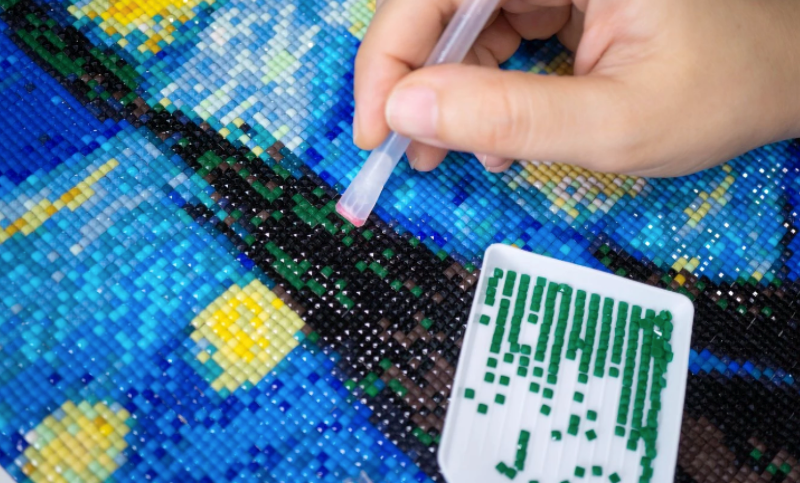It’s can be a great idea to invest in art if you are passionate about it. But it is not as straightforward as you think. If you will sink your money into art, you must learn about it as much as you can.
Aside from adding character and charm to your living space, investing in art is a hot investment craze. Collectors are picking select pieces they add to their portfolio.
If art investment funds are profitable, how do you go about it?
How does it work?

Investing in art is like buying bonds and stocks. It can increase in value. If an emerging artist’s career becomes successful, the value of their work will increase exponentially.
But you should not invest everything you have in art, because you will not profit from it quickly. Your planning should be long term because most experts recommend you must be a patient investor. Prepare to wait about ten years or more before you realise something.
The art market has its own rules
You can say that the value of art does not decline or rise alongside the stock market. Stock performance may vary but art’s value remains steady. Often, it will continue appreciating through the years. Even if you have an eye for art, it will not hurt you to get an expert’s opinion. You can work with a gallery you know that has an excellent track record for identifying future talents. Many galleries today give clients the option to buy original art online. Although it is a convenient option, it is to your advantage if you fully trust the gallery that will provide you with the art pieces to add to your investment.
Always keep in mind that there will be some risks because the art market goes up and down. Therefore, you will need a reliable and trustworthy partner to choose the artists with the highest potential.
Investing in art

Begin your journey of investing in art by deciding how much money you will spend. The amount should be what you can afford. Include the amount you will spend for the maintenance and storage of the artworks.
Learn as much as you can about the world of art. You should not focus your attention only on the style you are interested in right now. Your knowledge should be broader so you can appreciate other styles. Visit local galleries so you know what they have. Chatting with art curators will give you further insights into the art world and the market itself. Attend art fairs and gallery openings because this is where you will find up-and-coming or emerging artists.
If you find something you like, you can focus your research on that and see how much it costs. You can find apps that will give you up to date pricing. Consult with your investment consultant on how to best acquire the painting.
Investing in art pieces should only be a part of your investment portfolio. Keep in mind that art is difficult to convert into cash quickly. Invest in art only if you enjoy it but do not rely on it giving you profit right away. Having the right information is vital so be willing to research and know everything involved in art investment.




